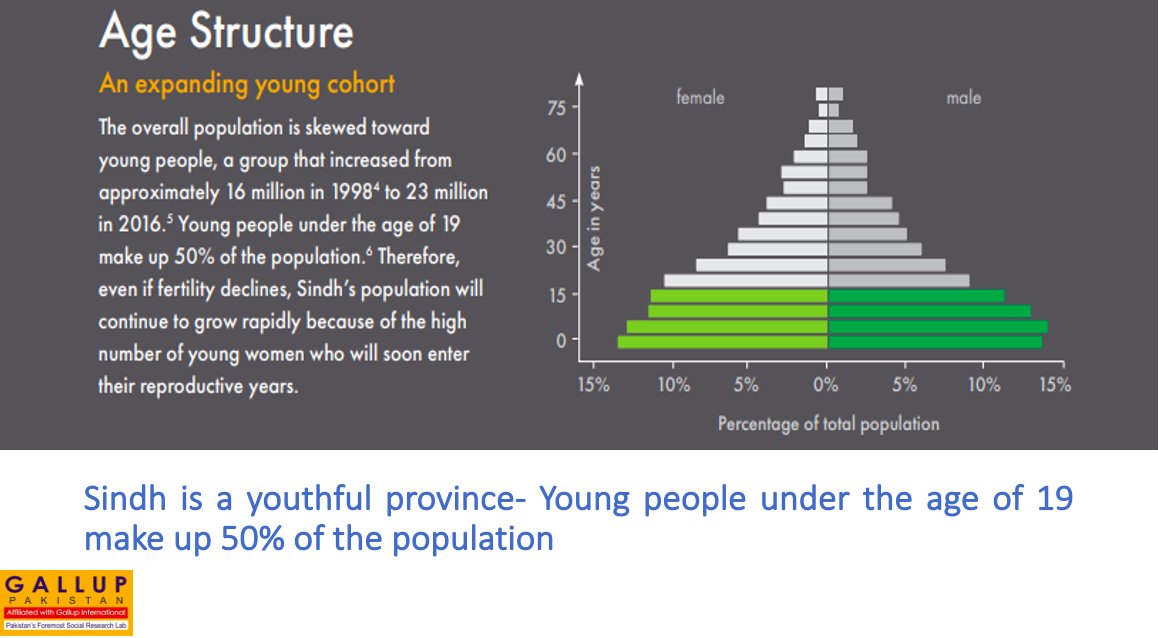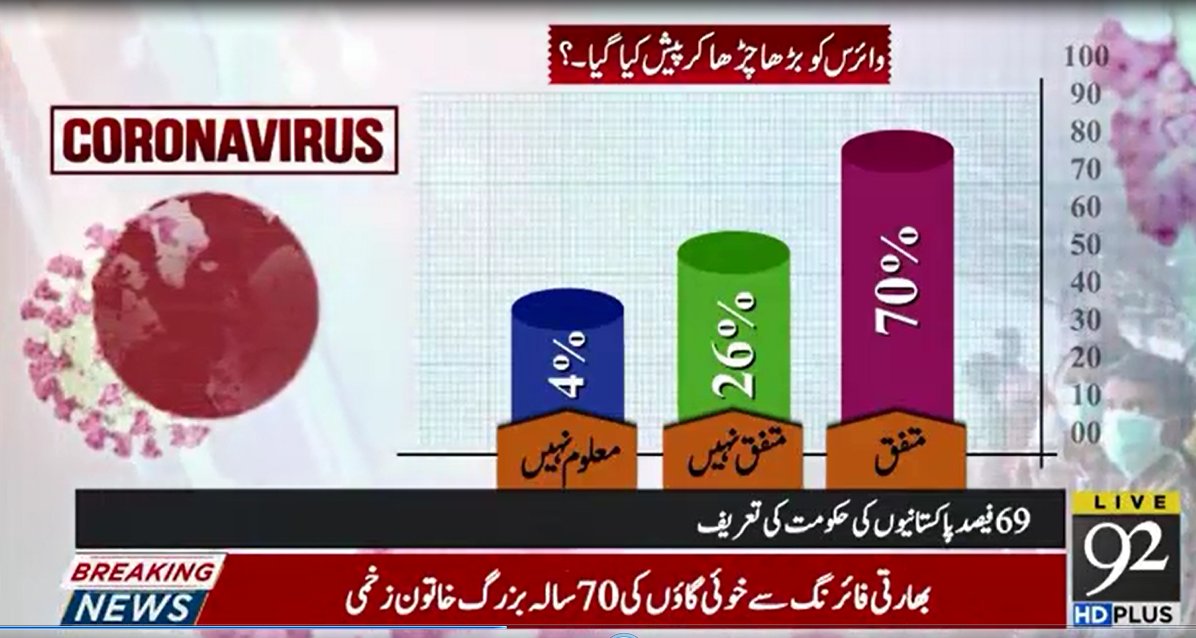The most recent and available data source on businesses’ access to finance is available from World Bank Enterprise Survey 2013, which asks 13 very pertinent questions.
#AccesstoFinance #A2F #SME @KarandaazPK
Read in detail: karandaaz.com.pk/blog/businesse…
#AccesstoFinance #A2F #SME @KarandaazPK
Read in detail: karandaaz.com.pk/blog/businesse…

58% of the firms in Pakistan have either checking or savings accounts. Pakistan ranks 6th among the 7 South Asian countries while Bhutan ranks 1st with (93%) firms having checking/saving accounts.
#AccesstoFinance #A2F #SME @KarandaazPK
Read in detail: karandaaz.com.pk/blog/businesse…
#AccesstoFinance #A2F #SME @KarandaazPK
Read in detail: karandaaz.com.pk/blog/businesse…
Less than 10%, estimated to be 6.7% firms in Pakistan report a bank loan or a line of credit. In India approximately 21% firms report to have a bank loan/line of credit (World Bank Enterprise Survey)
#AccesstoFinance #A2F @KarandaazPK
Read in detail: karandaaz.com.pk/blog/businesse…
#AccesstoFinance #A2F @KarandaazPK
Read in detail: karandaaz.com.pk/blog/businesse…
64% of the firm loans in Pakistan require collateral; fairly better when compared to peers. For firms in Afghanistan, 71% require collateral, 79% in Sri Lanka, 84% in Bangladesh, 85% in India, 90% in Nepal and 95%
#A2F @KarandaazPK
Read in detail: karandaaz.com.pk/blog/businesse…
#A2F @KarandaazPK
Read in detail: karandaaz.com.pk/blog/businesse…
For firms in Pakistan, the value of collateral needed for a loan (as a percentage of the loan amount) was 153%. Nepal, reported the highest threshold in the region i.e. 391% (World Bank Enterprise Survey)
#AccesstoFinance #A2F @KarandaazPK
Read in detail: karandaaz.com.pk/blog/businesse…
#AccesstoFinance #A2F @KarandaazPK
Read in detail: karandaaz.com.pk/blog/businesse…
In Pakistan, the proportion of working capital financed by banks is 2.5%; Afghanistan reports it at 1.2% (World Bank Enterprise Survey)
#AccesstoFinance #A2F @KarandaazPK
Read in detail: karandaaz.com.pk/blog/businesse…
#AccesstoFinance #A2F @KarandaazPK
Read in detail: karandaaz.com.pk/blog/businesse…
For Pakistani firms, using internal funding is a preferred choice to finance investments, as high as 88% of the investments are funded internally (World Bank Enterprise Survey)
#AccesstoFinance #A2F @KarandaazPK
Read in detail: karandaaz.com.pk/blog/businesse…
#AccesstoFinance #A2F @KarandaazPK
Read in detail: karandaaz.com.pk/blog/businesse…
More than half (57%) of the firms in Pakistan reported that they do not require any loan. Highest reading is for Bhutan, reporting a similar situation (58%) (World Bank Enterprise Survey)
#AccesstoFinance #A2F @KarandaazPK
Read in detail: karandaaz.com.pk/blog/businesse…
#AccesstoFinance #A2F @KarandaazPK
Read in detail: karandaaz.com.pk/blog/businesse…
• • •
Missing some Tweet in this thread? You can try to
force a refresh


















